In outreach situations, we generally tell the ancient Greeks' stories about constellations, but there are many reference books and children's books about sky myths from other cultures.
Children's books about myths originating in the Americas and Polynesia are the most common in English.
This reveals a gap in the available stories that can be shared with children. Picture books and story books with African and South American sky myths are most underrepresented.
Hawaiian Myths of Earth, Sea, and Sky was originally written in 1966 with gorgeous illustrations added in 1988. While it contains myths other than sky myths, it contains stories about the sun and moon, as well as the shark in the Milky Way.
They Dance in the Sky is a collection of dozens of sky myths from Native American cultures as well as equivalent names for specific stars and constellations for various tribes.

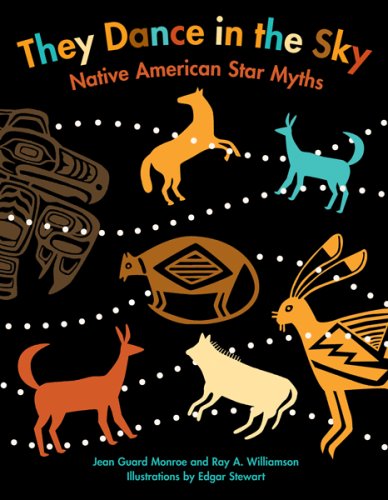
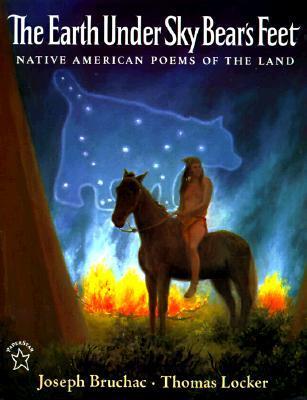

Picture books
The Earth Under Sky Bear's Feet This book of poems tells stories of sky myths as well as of specific monuments of Native American peoples. The art inside is also very beautiful.
Coyote Places the Stars This is a lovely retelling of the Navajo tale about how the trickster god Coyote created the constellations.
The Story of the Milky Way - A Cherokee Tale This picture book tells a traditional Cherokee story about the way the Milky Way was made.
Ulaq and the Northern Lights In this picture book, Ulaq the arctic fox visits several animals who tell him their perception of what the Northern Lights are. Each of these explanations is adapted from northern civilizations traditional stories and the back page also explains the scientific origin of the Northern Lights.
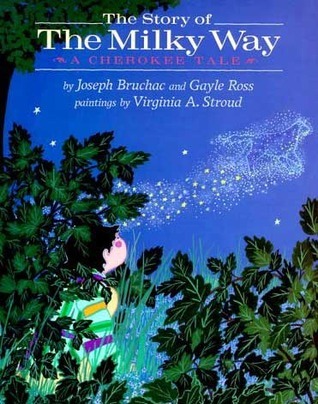
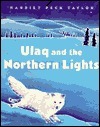
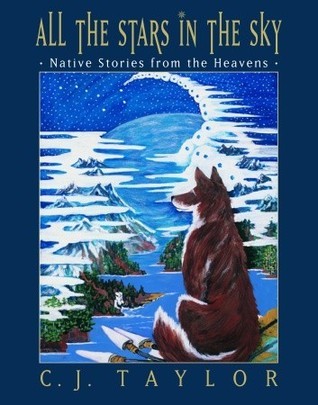
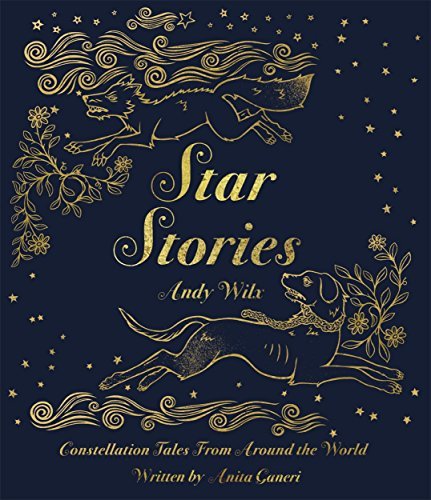
Primary School age +
All the Stars in the Sky tells sky myths from many different Native American peoples with illustrations. The stories are somewhat longer and there are fewer illustrations than in the picture books.
Star Stories This is a recent compilation that includes some Greek contellation myths, as well as at least a few from Africa, Asia, Oceania/Polynesia, and the Americas. This is one of the few books that mentions the "dark constellations" that are recognized by South American and Polynesian peoples. It has also been translated into Dutch, Czech, Turkish, Italian, and Chinese (星之神话 : 世界最美星空故事集). The illustrations are very beautiful and highlighted with reflective gold ink.
If you have more suggestions for children's books of sky myths, email me at allen@astro.rug.nl
If you want to include sky myths from other cultures without a book, there are several references available.
Judy Volker's Star Lore website is an extensive collection of myths organized both by IAU constellation and by culture.
Venus Rising South African Astronomical Beliefs, Customs and Observations is an ebook available from the Astronomical Society of Southern Africa and includes stories from 12 of the South African peoples about various astronomical features.
ALMA does some cultural astronomy work with the local Atacameño people in Chile and produced a short video about dark constellations in the Milky Way. The ALMA kids website has not yet been recovered after the cyberattack last year, but the video can be seen on Twitter and Facebook.
If you are interested in the topic of cultural sky myths in general, searching for "Cultural Astronomy", "Ethnoastronomy", and to some extent "Archeoastronomy" are good places to start.
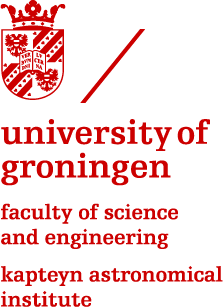
.png)
